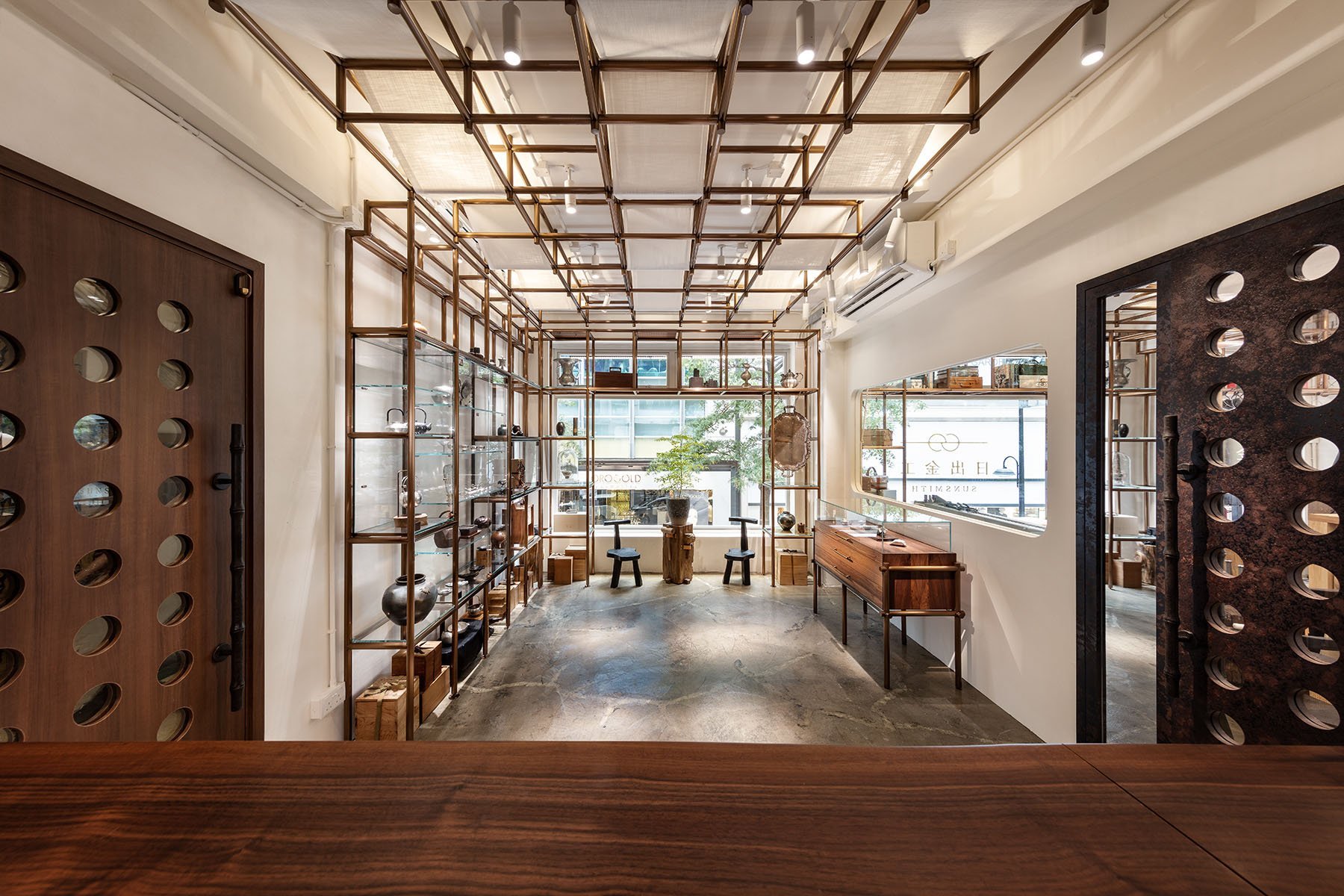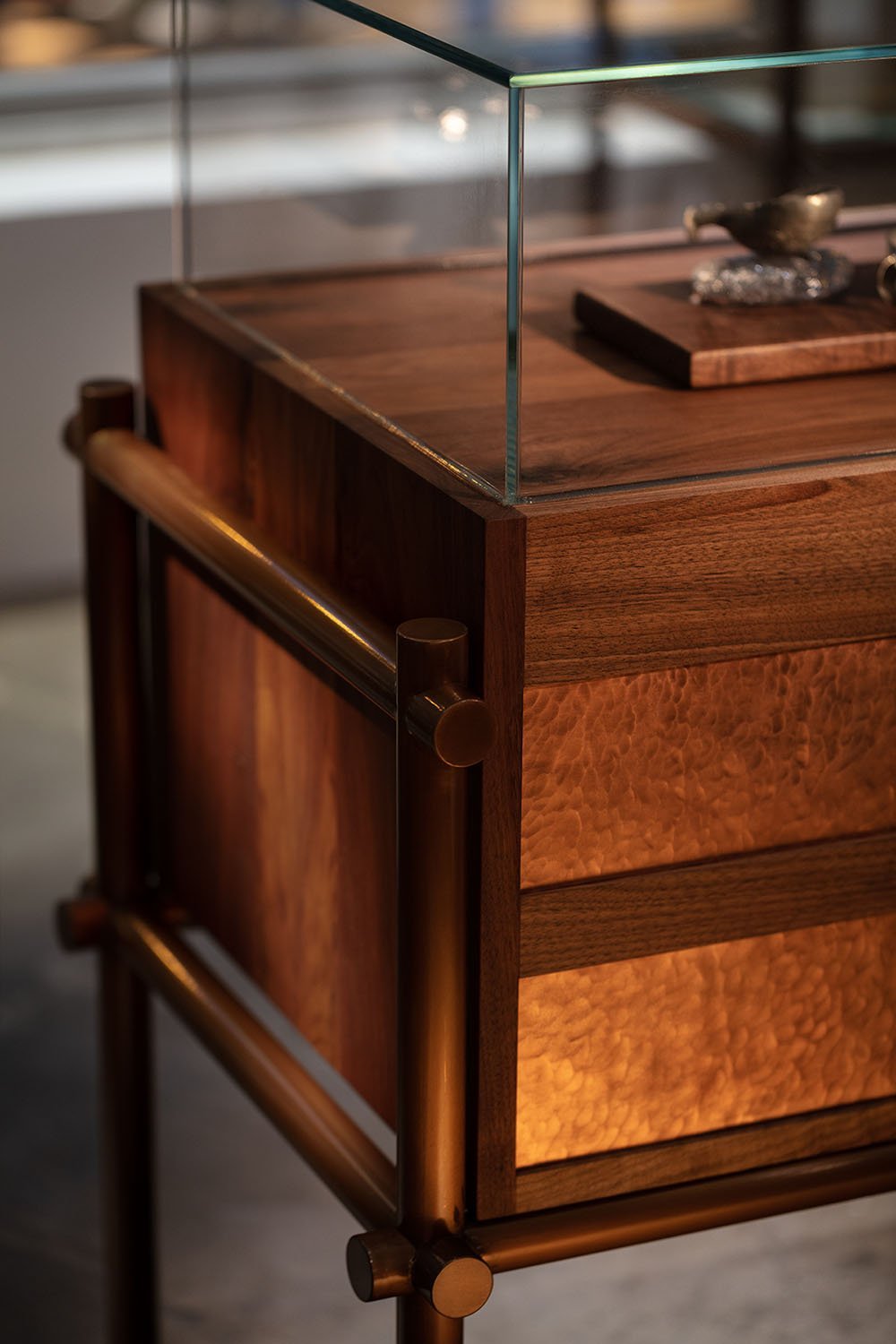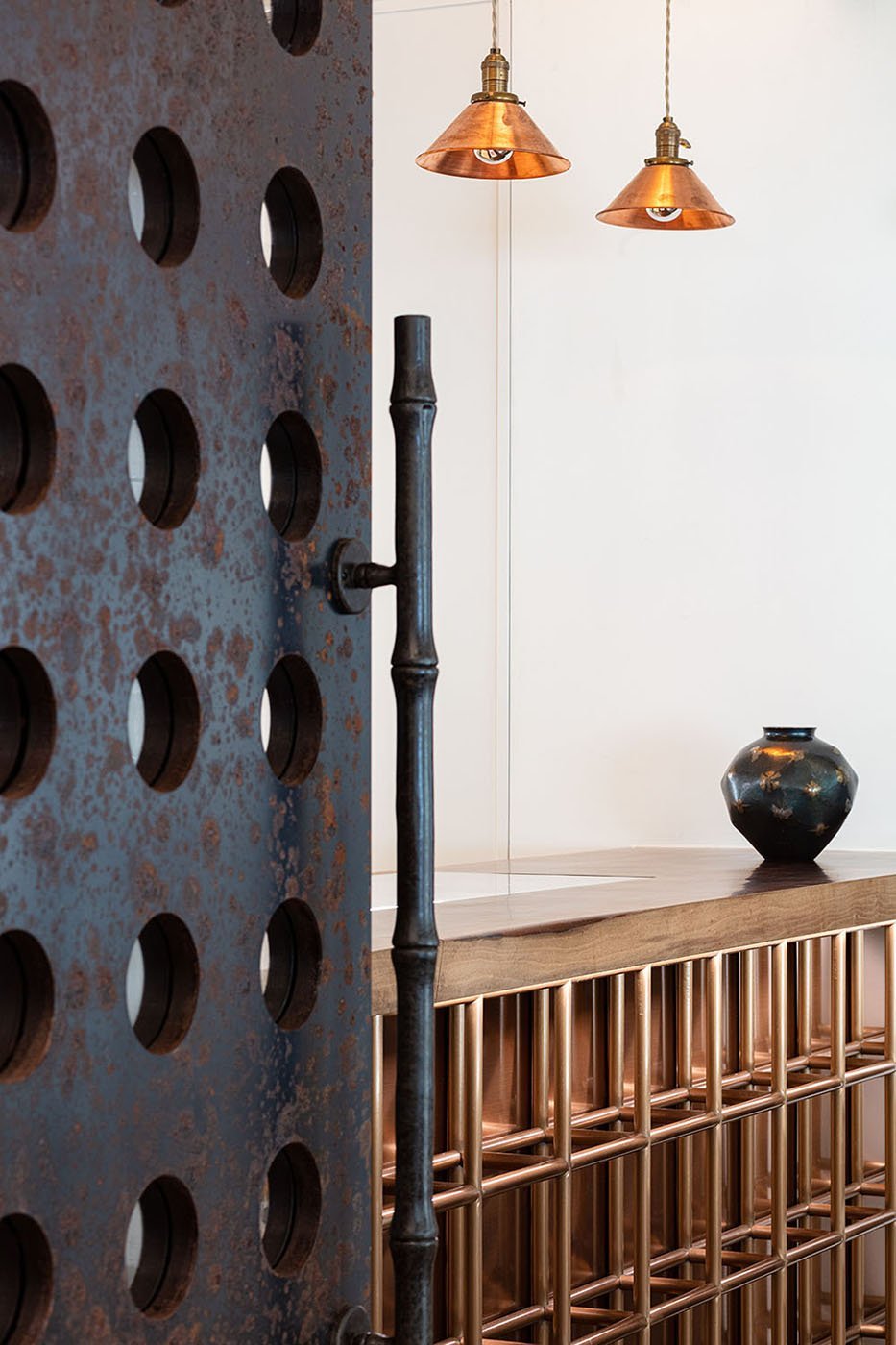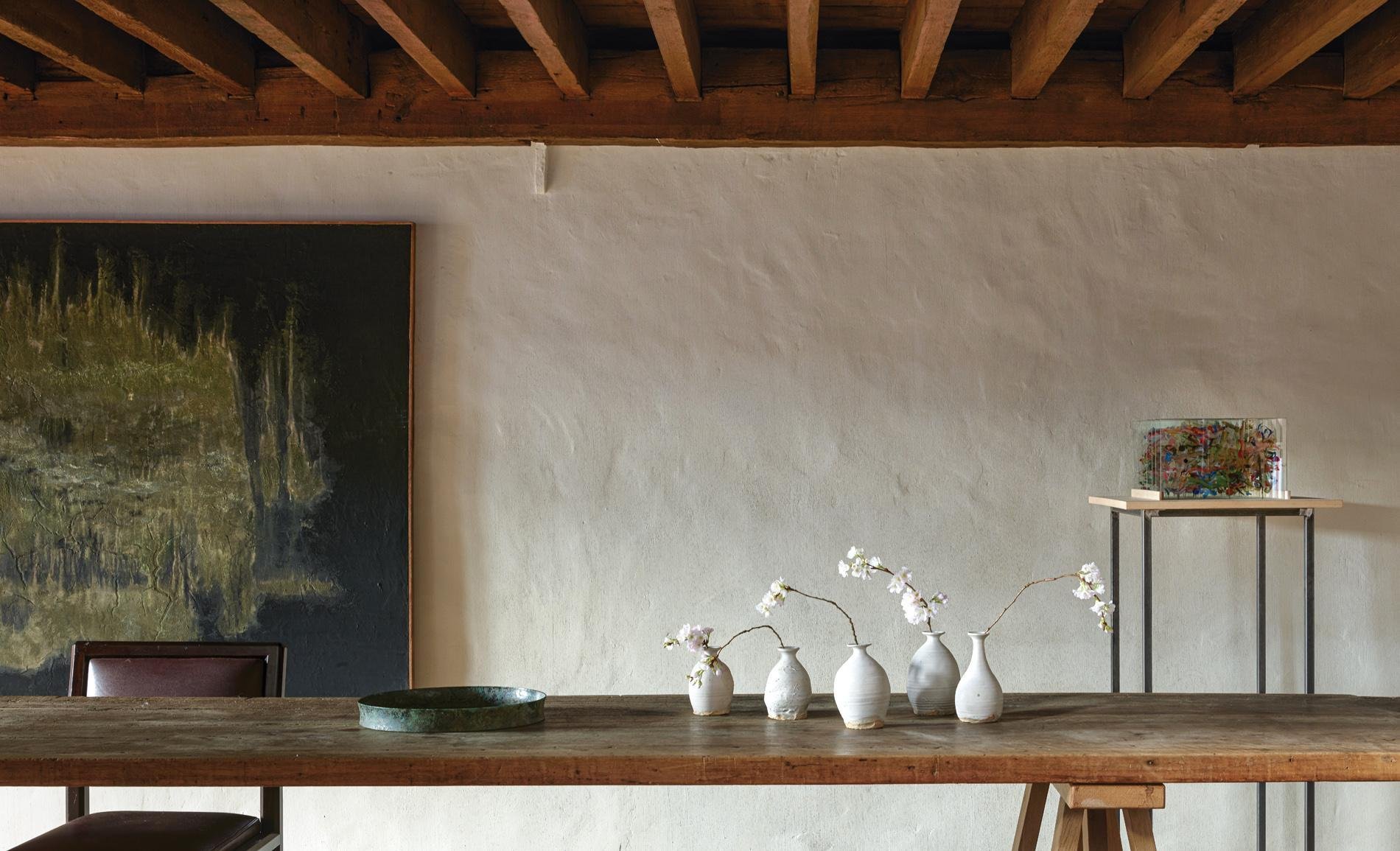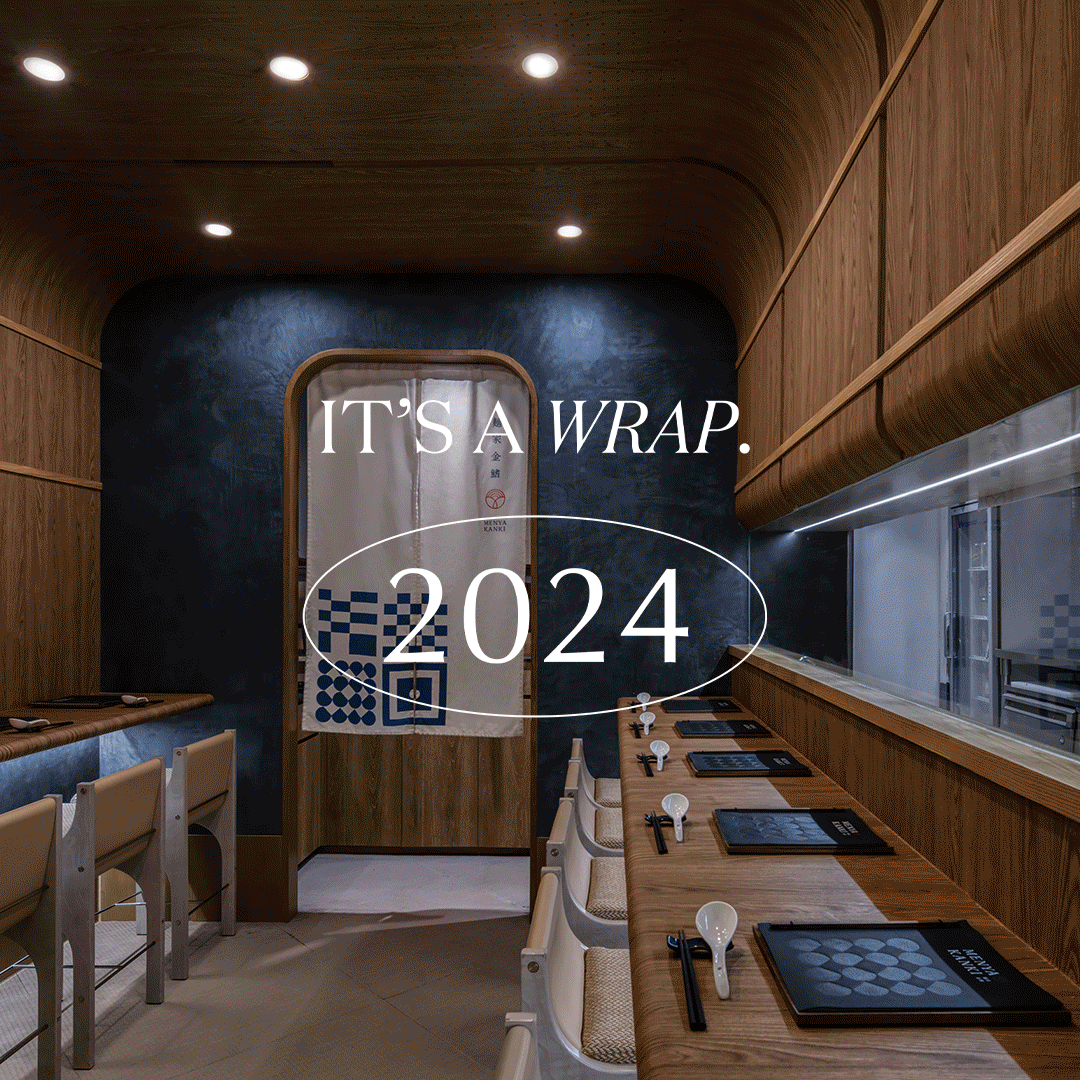The Art of Wabi Sabi.
In the world of interior design, there is a growing trend towards embracing wabi-sabi aesthetics, an ancient Japanese philosophy that celebrates the expression of imperfection, transience, and simplicity. While minimalist white spaces have been popular in recent years, wabi-sabi offers a new perspective on interior design that emphasizes the warmth and humanity of handcrafted objects and natural materials. By focusing on the beauty of imperfection, the transience of materials, and the simplicity of design, we can create spaces that are truly authentic and one of a kind.
How to Embrace Imperfection.
Rather than seeking uniformity and flawlessness, this aesthetic embraces the inherent irregularities and imperfections found in raw materials and handmade objects. The use of rough-hewn wood, hand-painted ceramics, and textiles with a handcrafted feel exemplify this approach. Incorporating such objects into interior design projects can help to imbue spaces with warmth and authenticity that is often lacking in sterile, white environments.
Focus on Natural Materials.
While some design philosophies seek to preserve spaces in their original state, wabi-sabi embraces the natural aging and evolution of materials over time. This can be seen in the use of patinated copper or brass, rusted steel, and weathered wood, all of which develops a natural patina that reflects their use and the passage of time. Integrating these materials into interior design projects can create dynamic spaces that feel alive, in contrast to the static and lifeless quality of more sterile environments.
One example includes the gallery and metalworks workshop we created for Sunsmith, which embodies the wabi-sabi principles by featuring rustic materials and textures that are left exposed, creating an authentic and natural aesthetic. The flooring is composed of worn concrete tiles and are complemented by handcrafted metalwork that features visible welds and irregularities, the ironmongery and doors in the space are also of natural patina, which adds to the sense of authenticity and beauty in imperfection.
Emphasise Simplicity.
Simplicity is a hallmark of wabi-sabi, which eschews clutter and embraces minimalism. This approach is often expressed through the use of a limited colour palette and functional furniture. Neutral tones such as beige, grey, and off-white are favoured, creating a sense of calm and tranquillity that is both soothing and welcoming. By creating uncluttered spaces that prioritize essentials over unnecessary objects, one can achieve a sense of calm and serenity that is often absent in more chaotic environments.
The Philosophical Underpinnings.
In many ways, wabi-sabi is an antidote to the fast-paced, consumer-driven culture that dominates much of our modern world. At its core, Wabi Sabi is a reminder of the impermanence of all things. It teaches us to appreciate the beauty in what is fleeting and imperfect and to find joy in the natural cycles of growth, decay, and renewal. It offers a way to slow down, appreciates the beauty in imperfection, and find meaning in the everyday. By reminding us that true beauty is not found in material possessions or superficial appearances, but in the essence of things themselves.
We hope you’ve enjoyed reading this article as much as we’ve enjoyed writing it. Subscribe below to receive exclusive insights into the world of bespoke design, or schedule a free consultation to see how we can help your brand.




